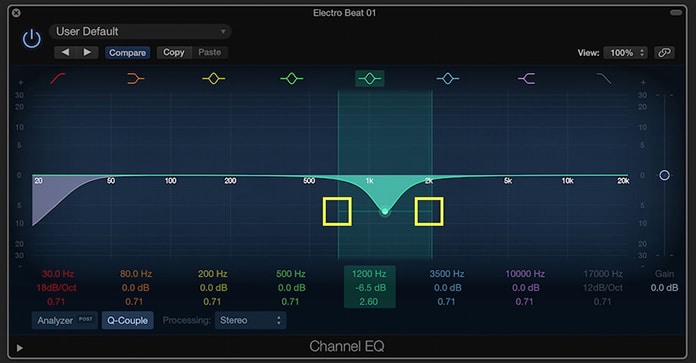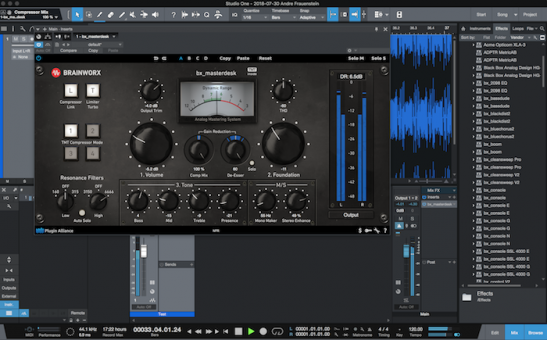

You’re essentially “inflating” the sound here.

However, this inflator does it all without having to bring the louder signals down, so it figures out what the quiet parts are and brings them up in volume, making it all sound a bit thicker. Similar to compression, the Oxford Inflator brings down the loud signal and boosts the overall signal to make all the quieter parts louder. Even though it’s probably the ugliest-looking plugin you’ve ever seen, it’ll soon become your best friend. Now if you really want your tracks to get thick ‘n’ juicy, look no further than the Oxford Inflator. Depending on the tonal change you’re looking for, you can use this to very subtly pull everything together nicely. When you’re on Steel, listen to the low end. When you’re at Nickel, listen to the high hats. It applies this kind of non-linear EQ curve and plays into the circuitry of the Shadow Hills compressor.

Depending on which you adjust, it will saturate that part of the frequency spectrum. Of course, there’ll be a little bit of compression going on, but what we mainly use it for is the Nickel, Iron, and Steel fader. The other compressor is more for control and maybe a little bit of character, but mostly for adding sustain. This is another compressor we like to use, but more for tonal shaping. We know it’s subtle, but it does add that little bit of thickness we like. You should end up with the best of both worlds. It’s not exactly working by overcompressing the signal, so we’re gonna use the dry/wet dial down in the bottom righthand corner to bring back a bit of that original signal. The idea here is to add some sustain, and we’ll do that by using the dry/wet mix. This ensures that it’s not being triggered by the low frequencies as much, which should make it feel a little less “pumpy” and reactive. Luckily, we have a filter here on the bottom lefthand corner, so we can increase the high pass filter to about 100, so everything under roughly 100 will bypass the compressor. This already sounds pretty good, but the compressor is reacting a bit too much on the low frequencies. And when you’re mastering (and you may already know this), it’s an important step to put a loop around one of the loudest parts of your track. We’ll put the release on auto, leave the ratio at 4, and then we’ll overcompress by about 4 decibels. For this example, let’s show you exactly how it’s done.įirst, we’re going to set the attack at 30 milliseconds. We use this great (free) mastering plugin mainly for parallel compression.
Best mastering plugins for logic pro x how to#
Best mastering plugins for logic pro x free#
Sign up for boombox, get 4GB of audio file storage free Related Articles: You’ll be automatically entered to win $500 worth of your choice of some great new studio gear. And believe it or not, one of them is completely free! That sounds nice, doesn’t it?Īnd as always, don’t forget about our monthly studio gear giveaway! Just comment on the video with what your favorite mastering plugin is, what you use it for, and why you love it. This week, we have Fabio from Noize back to lead us through some examples of the very best mastering plugins available today. So if you’re new to mastering or have been at it for a while, you’ll want to check out this list we put together for the best mastering plugins for 2023 Luckily the digital age has brought this equipment within reach for almost anybody. Secondary to that, however, is going to be the processing equipment you have access to. Two of the most important factors are access to a very well-engineered mixing room and (at least in my experience) a robust process to reference on several other systems in short order. What makes a great mastering engineer? Well, even though this video is about mastering plugins, we’ll start with some honesty.


 0 kommentar(er)
0 kommentar(er)
